The Anthropological Survey of India launched the People of India project on October 2, 1985, to generate an anthropological profile of all communities of India, the impact on them of change and the development process, and the links that bring them together. As part of this all-India project the ethnographic survey of all communities of present-day Kerala (225) was taken up in collaboration with local scholars. The results of the survey were discussed at workshops held at Palakkad in May 1986, at Thiruvananthapuram in April 1988 and at regional workshops in Mysore during 1991-1992. Kerala derives its identity from its ecology dominated by the coconut trees (nalikeram) or from the ancient kingdom of Chera. Its identity has evolved in history as it has assimilated the ethnic and cultural streams coming from across the seas and from the adjoining lands into its unique cultural mosaic which is defined inter alia by language, territory, dress, cuisine, fairs and festivals, elements of life-cycle ceremonies, folk religion and folklore. Two hundred and twenty five communities are spread over its variegated ecology and its distinct regions, consisting of several tribes, including some of the primitive groups, peasant groups, fisherfolk, etc. Its eclectic traditions include the many sects of Hinduism, followers of ancient Christianity, Judaism, Islam, Jainism and Sikhism. While Malayalam is the dominant language, there are also as many as 15 other languages spoken by people, who possess a higher incidence of bilingualism. The view about the transition form patriliny to matriliny deserves to be re-examined, particularly as the three institutions avidly studied by social scientists, viz., the matrilineal system (marumakkathayam), matrilineal joint households (tarawad), and polyandry and hypergamy (sambandham), have been considered eroded by forces of modernisation and market. The nuclear family is preponderant. The equal status of women, no doubt linked with its matrilineal tradition, is reflected in the favourable sex ratio and higher incidence of female equigeniture. Other traits that stand out in Kerala are its settlement pattern and house types, higher incidence of vegetarianism with fish, consanguineous forms of marriage, junior sororate, and prevalence of child labour. What is known as the Kerala model of development projects the state's excellent record in education, particularly female education, decline in infant mortality and significant population control. Poverty levels have fallen. The other side of the model is stagnation in economic growth, unemployment, the alienation of tribals land, and the highest incidence of suicide among the youth. Other trends include influx of money from people of Kerala employed in West Asia, rapid urbanisation, diversification of the economy, organisation of the people for promotion of education and science, protection of the environment, planning from below and decentralisation.
People of India: Kerala (Volume XXVII, In 3 Parts)
In stock
Free & Quick Delivery Worldwide
reviews
Bibliographic information
Title
People of India: Kerala (Volume XXVII, In 3 Parts)
Author
Edition
1st ed.
Publisher
ISBN
8185938997
Length
xlii+xlii+ xlii+3326p., Illustrations; Maps; References; Bibliography; Index; 24cm.
Subjects

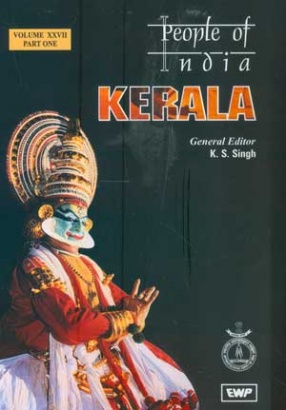
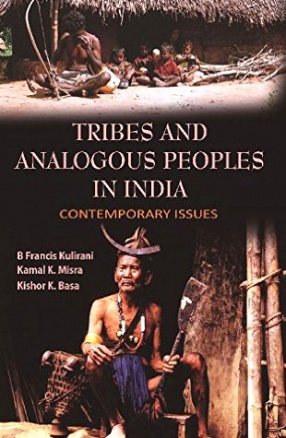
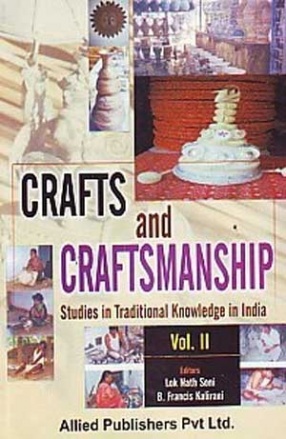
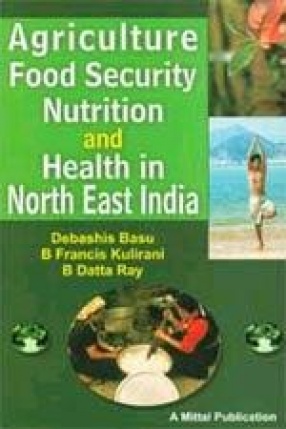
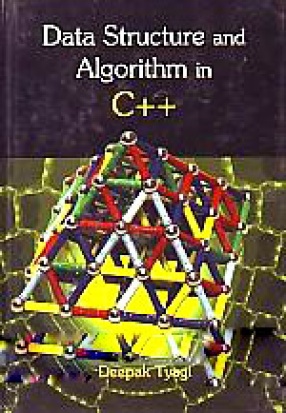

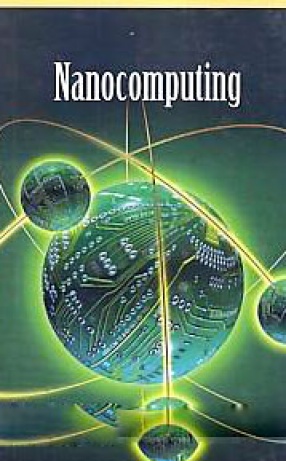
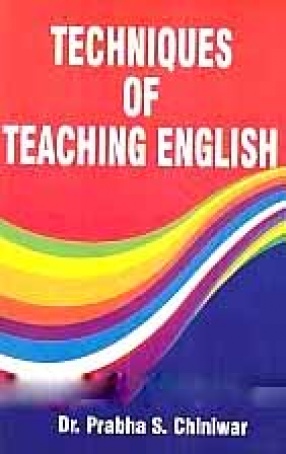
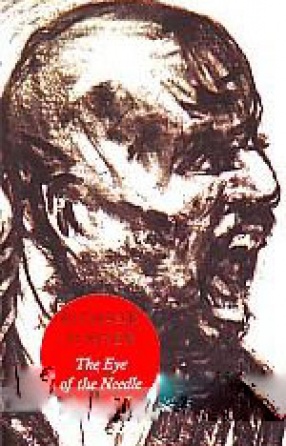
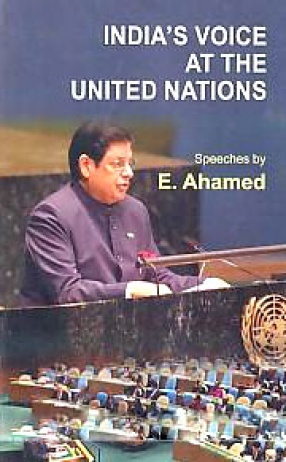
There are no reviews yet.